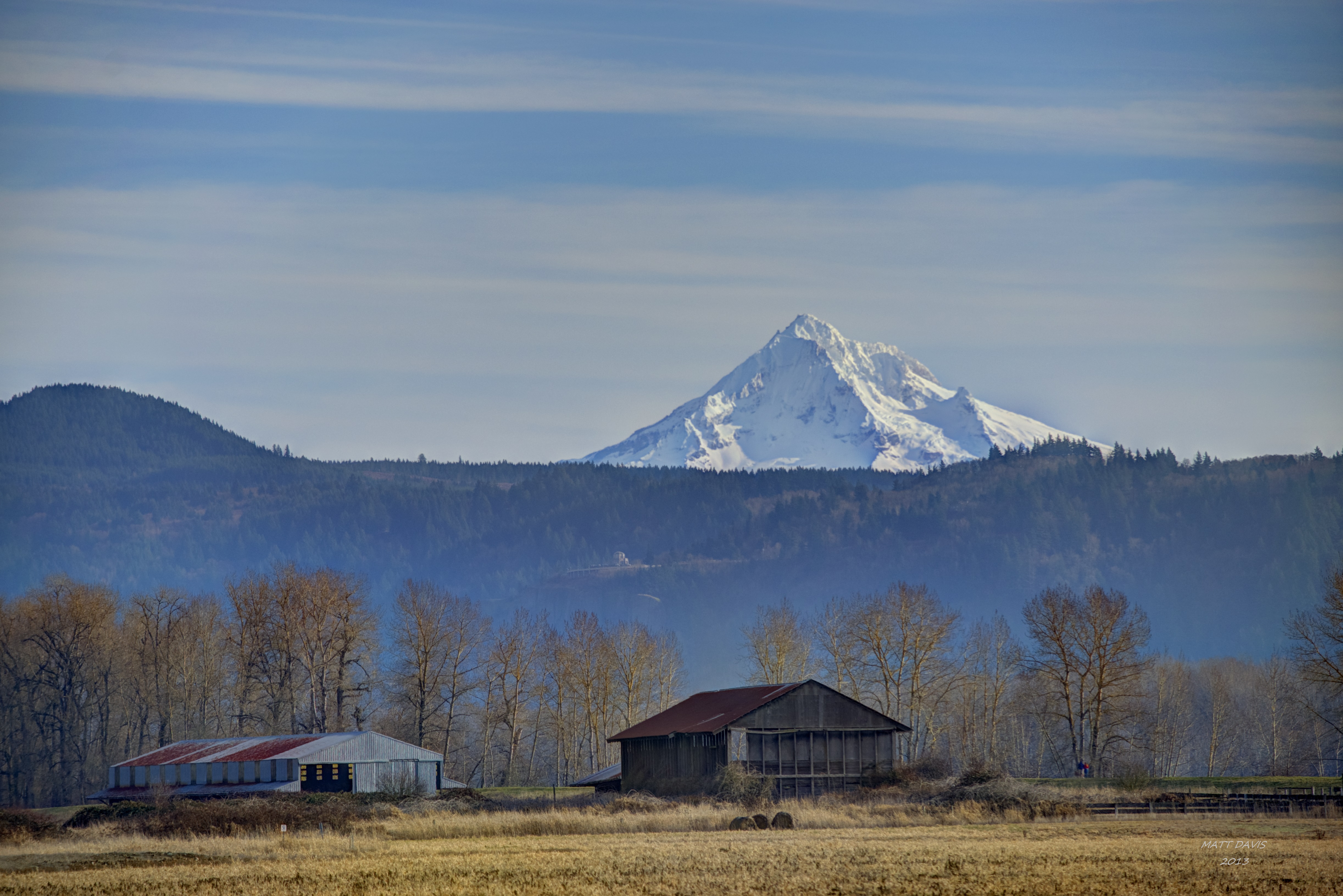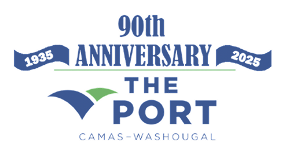Corridor Through Time
For thousands of years before the arrival of the Corps of Discovery, the Columbia River was a travel corridor between the Pacific Coast and the Great Basin. When the Corps rode the wild Columbia rapids downstream in 1805, they were following this ancient tradition.
The Columbia River was one the site of the biggest salmon runs in North America, and hosted large populations of trout, sucker, ell, and smelt. Although many of these species continue to use the Columbia, they have been depleted by human development. Salmon populations began diminishing in the early 19th century with the onset of unregulated commercial fishing—especially the use of fish wheels. The construction of dams beginning in the 1930’s also contributed to the serious decline of salmon.
Today, efforts to protect what remains of the “wild” Columbia have resulted in the creation of the Columbia River Gorge National Scenic Area (1986), designated to protect “the scenic and environmental qualities” of the Gorge. Despite the immense transformation of the river over the last century, we can still have a few glimpses of the landscapes viewed by the Corps of Discovery.
Although the Corps of Discovery were the first Euro-American explorers to arrive here by foot, they were certainly not the first to meet the Native Americans of the lower Columbia. Evidence of this was abundant: Lewis and Clark noted repeatedly that the Indians near Cottonwood Beach possessed fun, blankets, beads, knives, fishhooks and Western Clothing. For many years before the arrival of the Corps of Discovery, exploring ships from Europe and the United States had been visiting the Columbia Estuary. By the time Lewis and Clark arrived, European and United States material culture had become well-integrated into the Native American lifestyle of this region.
One devastating impact of increased contact with Euro-American explorers and traders was the introduction of diseases. By the time of the Corps of Discovery’s visit, at least two major epidemics had swept through the area, and Lewis and Clark noted smallpox scars on individual who had survived a 1770’s epidemic. The particularly high population densities of the lower Columbia that so impressed the Corps of Discovery were, in fact, much reduced from their historic peaks. By the 1840’s, smallpox, measles, influenza, malaria, and dysentery had killed thousands—the indigenous peoples of the lower Columbia became a minority on their own lands.

